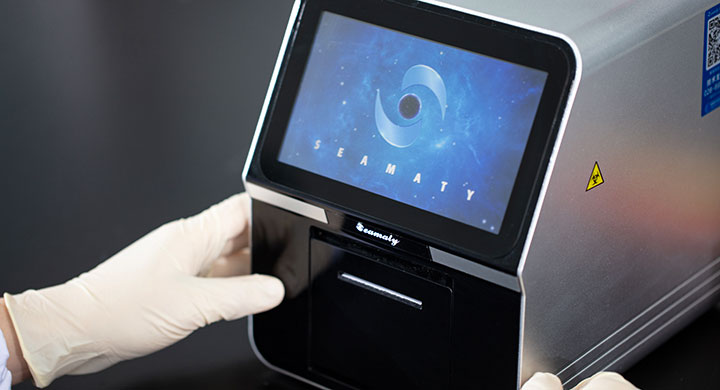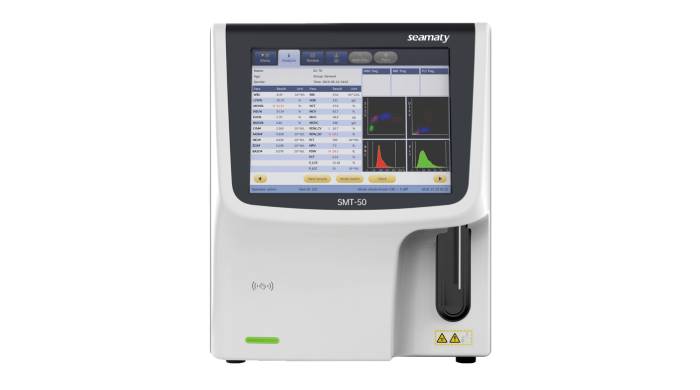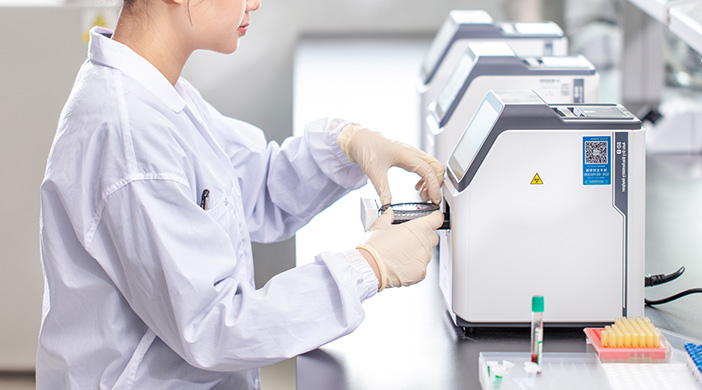release time:2021-08-30 16:25:50
Are biochemistry analyzers and hematology analyzers similar analyzer products?
What is the difference between these two analyzers?
What are the differences and similarities?
Continue Reading↓↓↓


2022-09-18
There are many different tests that are used to diagnose heart-related problems. They often include electrocardiograms, X-rays, echocardiograms, blood tests, coronary angiograms, radionuclide tests, MRI scans, CT scans and more. Blood tests are often the most basic diagnostic tool. Blood tests can detect various indices of the patient, while myocardial enzyme profile is usually an important parameter in the clinical diagnosis of cardiovascular diseases.

2022-09-15
The earliest hematology analyzers were based on the principles of capacitance and photoelectric colorimetry. This instrument can only determine red blood cells and white blood cells. And it was susceptible to the interference of many factors.

2021-10-20
Some of the current POCT biochemistry analyzers have not only solved the problem of speed. The accuracy of the instrument has also been greatly improved. Some biochemistry analyzers can even compete with large instruments.